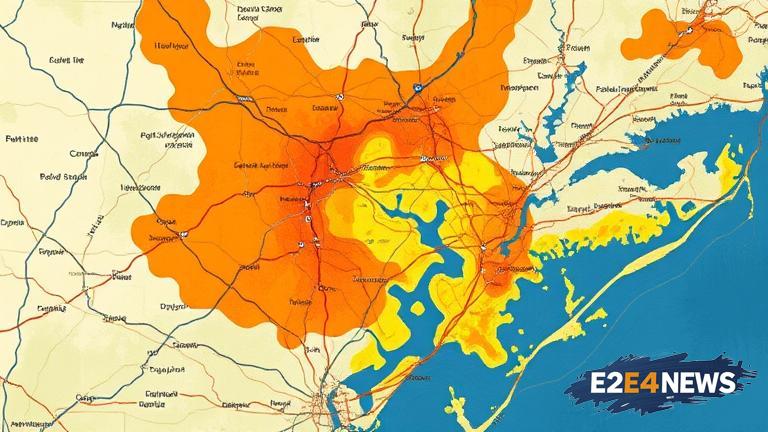A recent investigation has revealed that the Federal Emergency Management Agency (FEMA) removed dozens of buildings from the 100-year flood map at Camp Mystic, a popular summer camp in Texas, just before the camp’s expansion plans were set in motion. The removal of these buildings from the flood map has significant implications, as it allows the camp to avoid costly floodplain regulations and potentially puts the camp’s infrastructure and occupants at risk. According to records, FEMA made the changes to the flood map in 2018, citing new data and mapping techniques. However, critics argue that the agency’s decision was influenced by the camp’s expansion plans and the potential economic benefits of the project. The camp’s owners had been seeking to expand the facility, which would have been hindered by the floodplain regulations. By removing the buildings from the flood map, FEMA effectively paved the way for the expansion to proceed. The investigation found that FEMA’s decision was based on a new flood study, which was funded by the camp’s owners. The study used new mapping techniques and data to determine the flood risk, but critics argue that the study was flawed and did not take into account the potential risks of flooding. The removal of the buildings from the flood map has also raised concerns about the safety of the camp’s occupants, as the area is still prone to flooding. In fact, the camp has experienced several floods in recent years, including a major flood in 2017 that caused significant damage. Despite these concerns, FEMA has defended its decision, stating that the new flood study provided a more accurate assessment of the flood risk. However, the agency’s decision has been met with skepticism by many, who argue that the changes to the flood map were made to benefit the camp’s owners rather than to protect the public. The controversy surrounding FEMA’s decision has also raised questions about the agency’s transparency and accountability. The investigation found that FEMA did not provide adequate notice to the public about the changes to the flood map, and that the agency’s decision-making process was not transparent. As a result, many are calling for greater oversight and accountability of FEMA’s decision-making process, particularly when it comes to changes to flood maps. The incident has also highlighted the need for more accurate and reliable flood mapping, as well as the importance of prioritizing public safety over economic interests. In conclusion, the removal of dozens of buildings from the 100-year flood map at Camp Mystic has sparked controversy and raised important questions about FEMA’s decision-making process and the agency’s commitment to public safety. As the investigation continues, it is clear that the incident has significant implications for the camp, the surrounding community, and the nation as a whole.
